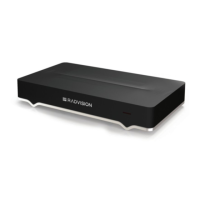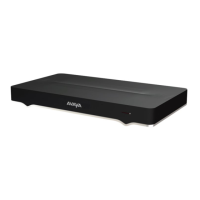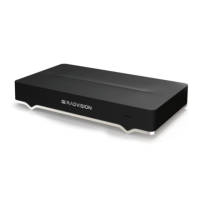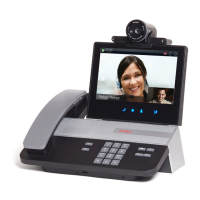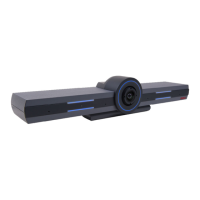Field Name Description
Profiler >
Enabled
Enables the functionality of a deeper log, including low level firmware threads
(see Retrieving System Logs on page 178). This slows system performance
significantly. Enable only when instructed to do so by a customer service
representative.
3. From the web interface only, select Save.
Related Links
Retrieving XT Series Logs on page 175
Retrieving Network Traffic Logs
About this task
This procedure describes how to retrieve log files that provide information about network status as
you perform an action or during a specific call. This is necessary when contacting customer support
with network traffic problems, such as poor video quality caused by increased packet loss.
The files are in the standard libpcap format supported by most network analysis tools.
Before you begin
• Ensure the computer you intend to use for retrieving logs is connected to the same network as
the XT Series.
• Enable the net log functionality (see
Enabling System Logs and Remote Initialization on
page 175).
• We recommend cleaning old logs from the RAM. If there is not enough room on the RAM,
retrieving logs is automatically stopped.
Procedure
1. From the XT Series web interface, select Diagnostics > Utilities > Advanced Tools.
Figure 129: Retrieving netlog files
2. Start retrieving logs by selecting Start Netlog.
3. Reproduce the problem you want to report to customer support.
4. Stop retrieving logs by selecting Stop Netlog.
Retrieving XT Series Logs
April 2015 Avaya Scopia
®
XT Series Deployment Guide 177
Comments? infodev@avaya.com

